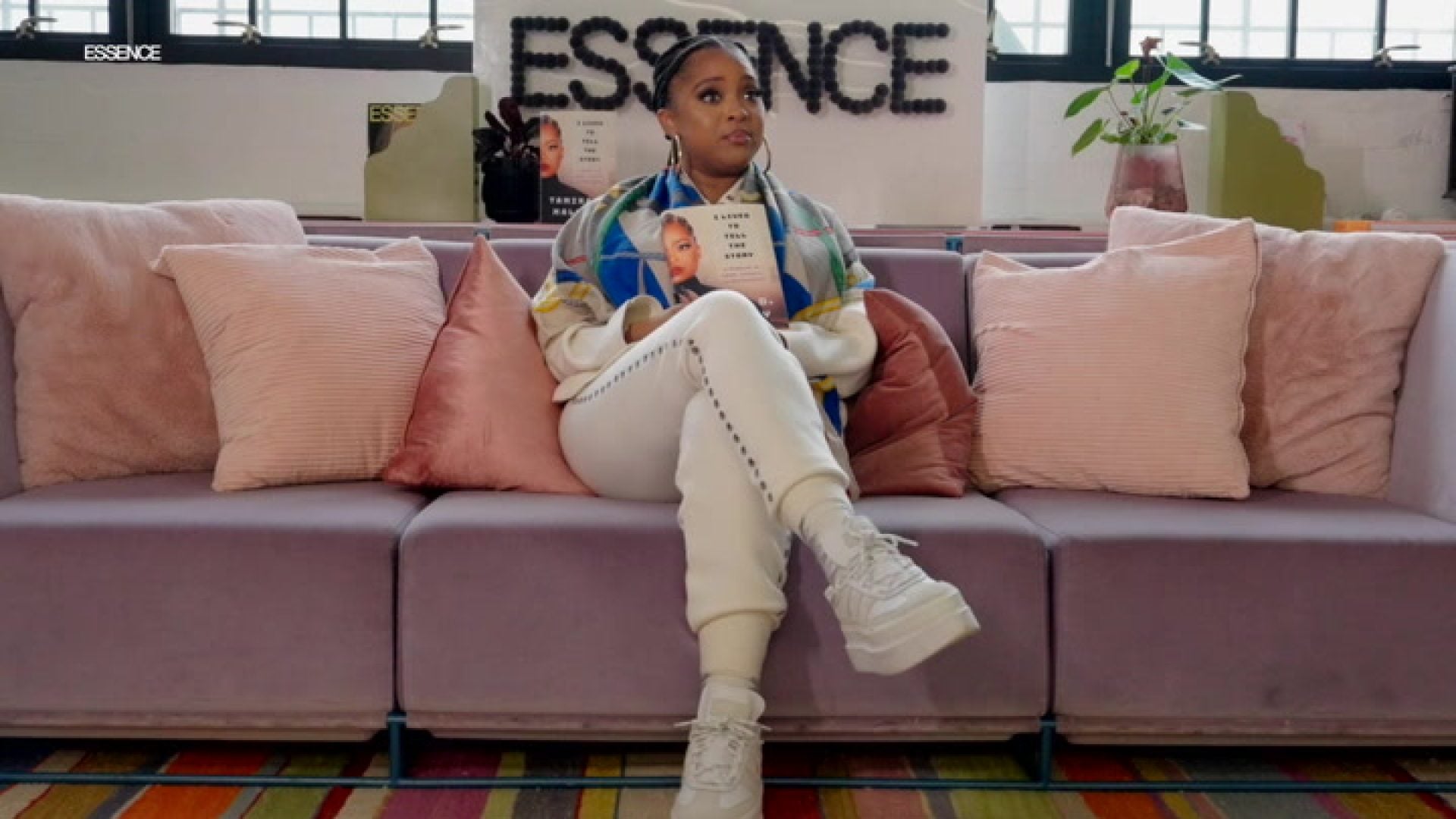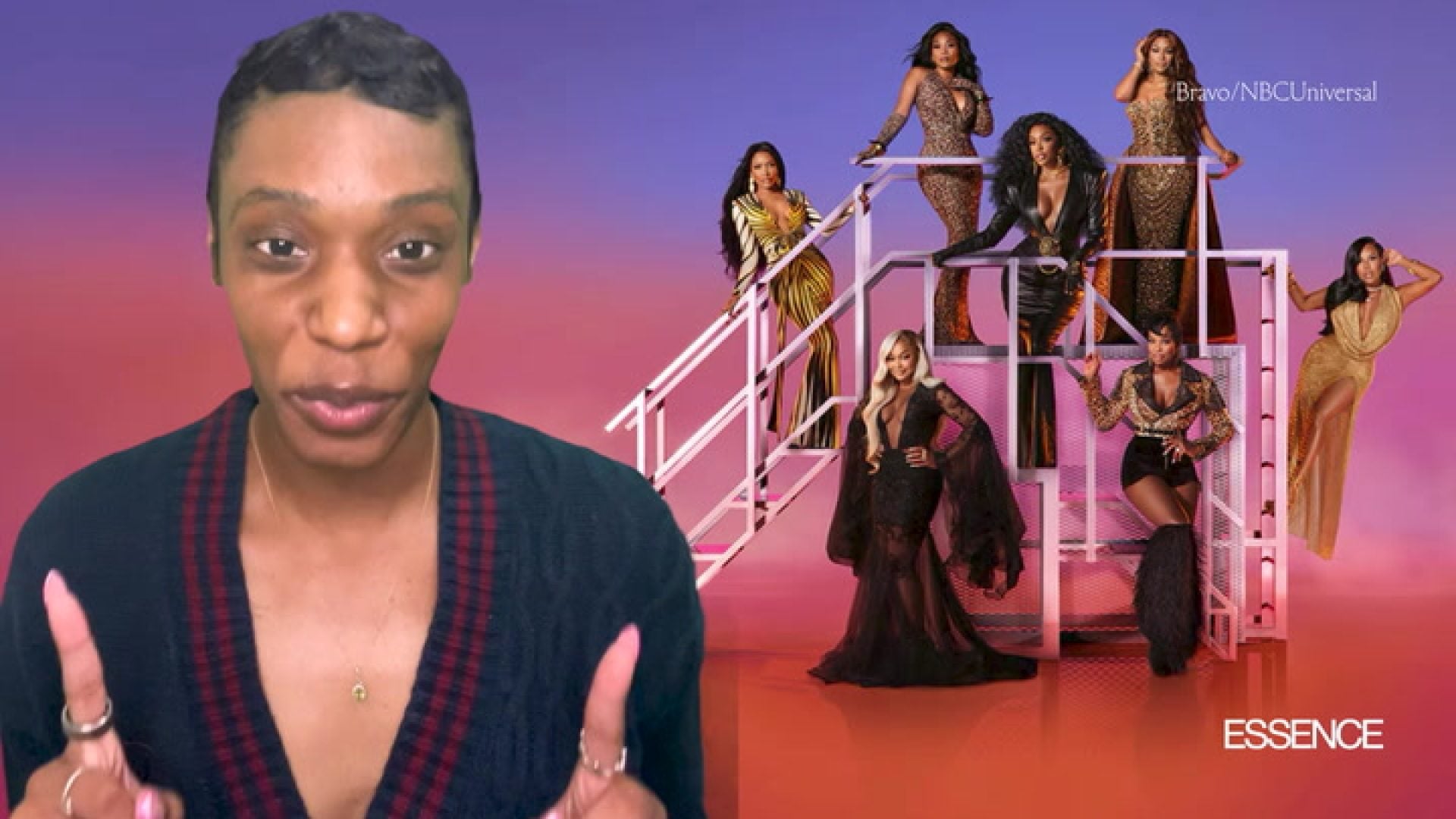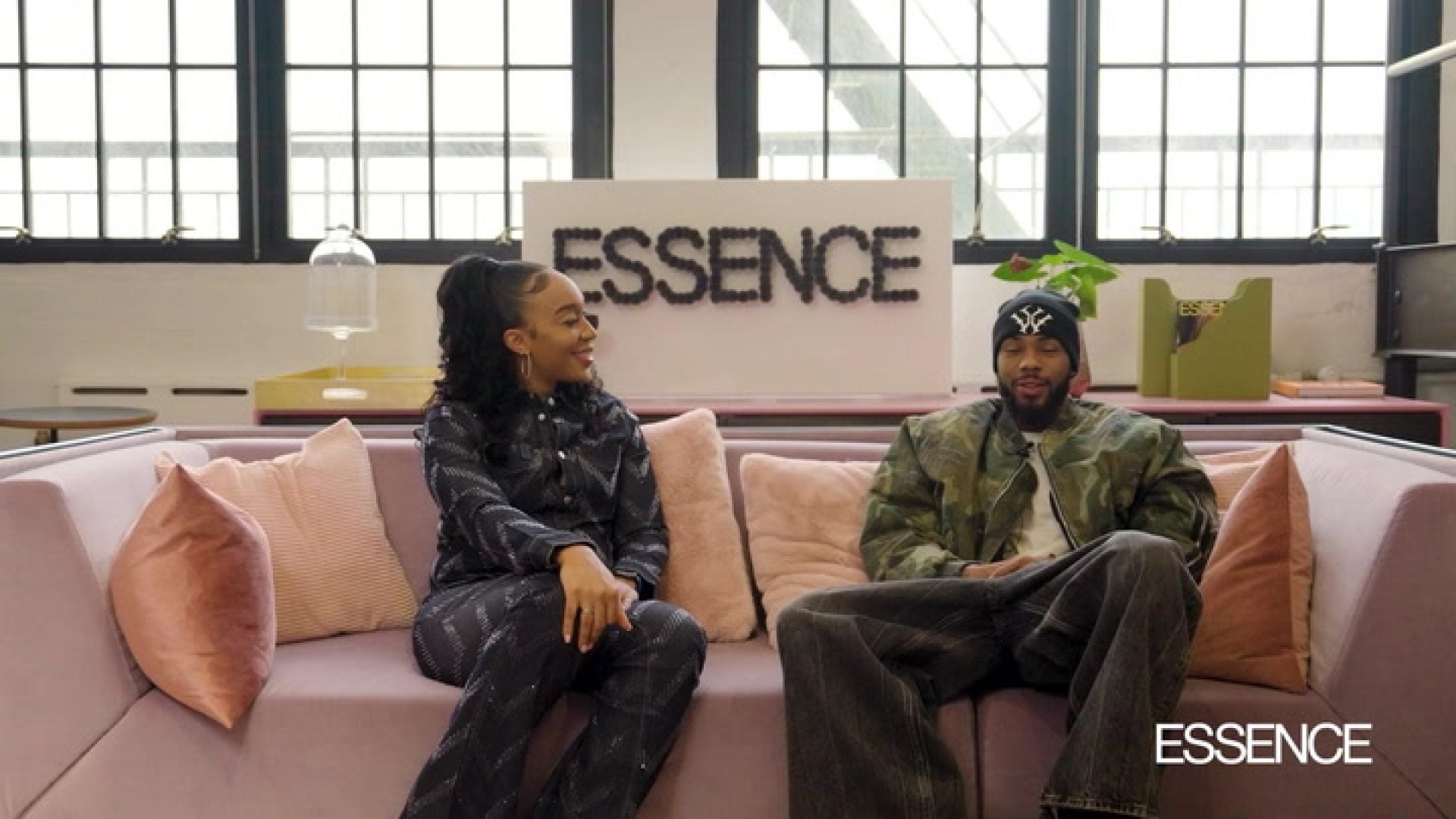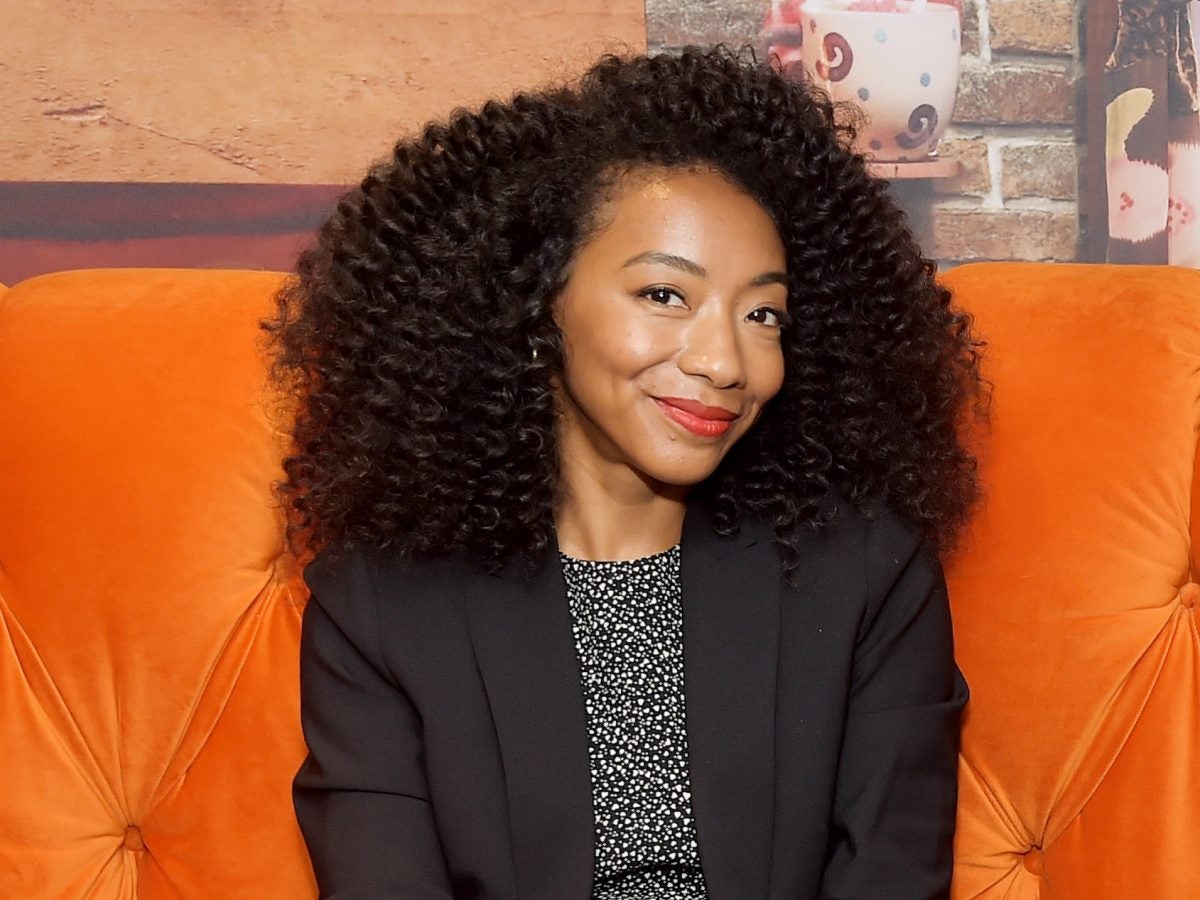
When the term “scream queen” is brought up annually around this time, images of white women narrowly escaping the clutches of a crazed killer or evil entity across film franchises or pivotal genre entries come to mind. Jamie Lee Curtis as Laurie Strode, locked in a 45-year-long battle against Michael Myers. Neve Campbell as Sidney Prescott, opposing the various murderers donning the famed Ghostface mask in the Scream franchise. Naomi Watts as the longsuffering mother fighting supernatural forces in The Ring and Shut-In, or scratching for survival in Funny Games or Goodnight Mommy.
Less often mentioned are the contributions that Black women have made to the genre. Marlene Clark’s conflicted bloodthirst in 1973’s Ganja & Hess. Rachel True‘s vengeful teenage witch in 1996’s The Craft. Naomie Harris as a post-Apocalyptic warrior in 2002’s 28 Days Later.
But perhaps the most prolific yet often overlooked of these in the current era of horror is Betty Gabriel.
Starring in titles like violence thriller The Purge: Election Year, futuristic sci-fi/horror Upgrade, Screenlife slasher Unfriended: Dark Web, cybercrime horror-thriller limited series Clickbait, and of course, Jordan Peele’s innovatively genre-pushing racial horror, Get Out, Gabriel has broken the mold of the disposable Black friend of the protagonist or the film’s first victim.
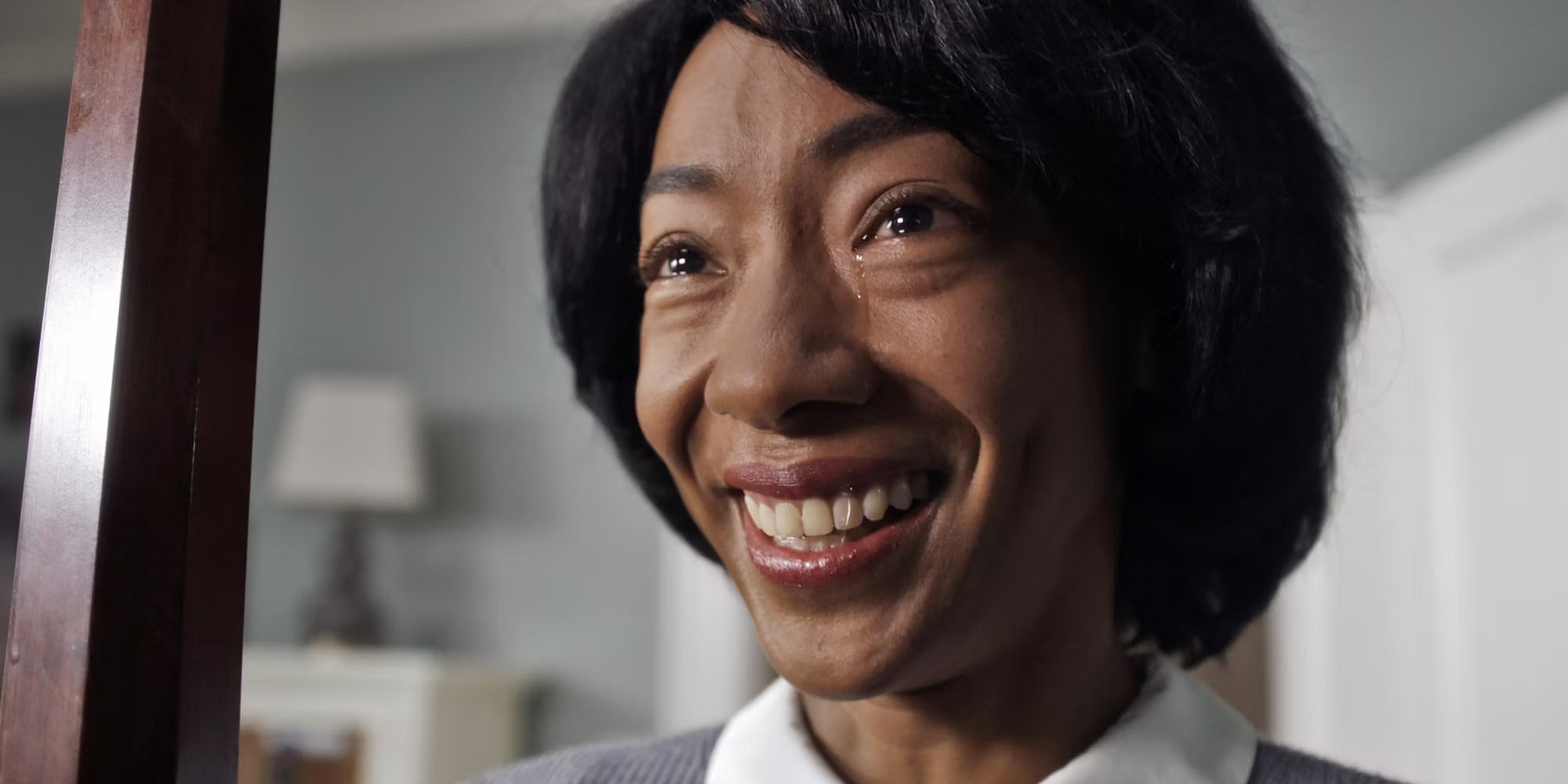
Gabriel’s performance as “Georgina,” the white grandmother of villain Rose Armitage (Allison Williams), inhabiting the body of an unnamed Black woman, is one of the most iconic in the genre’s history, hands down. Though she had only a handful of lines in the film, her spine-tingling, smiling-yet-tearful monologue about the kindness of the Armitage family is one of the most recognizable frames of the film. Subtle yet chilling, it’s the strongest clue of the horror at the root of the story before the hand is revealed in the film’s third act. And it helped set the tone for a renaissance of Black horror that has begun over the last 6 years.
“I hadn’t really been aware that my contribution to the horror genre was significant in any way,” Gabriel says in conversation with ESSENCE about her status as a staple of modern horror. “I take it with gratitude.”
Ironically not much of a horror film watcher herself – “I will get nightmares,” she says laughing – Gabriel fell into starring in a string of scaries by pure happenstance.
“Starting out, you don’t really have much of a choice. You just take whatever work you can get,” the actress says. “Blumhouse, which was the main producer behind a lot of these films, kept hiring me, and I kept on saying yes to them. It wasn’t like I had a choice between this and a rom-com. It was a choice between this and not working.”
“But I think perhaps on a subconscious, universal level, there is something about me that is drawn to these films, or they’re drawn to me.”
Her first foray into chills and thrills came in 2016, for the second sequel in the wildly popular dystopian action horror franchise, The Purge: Election Year. Playing on societal fears over the turn the nation would take during the election cycle taking place in the real world just months later (and preluding some real-life political horrors that came about during the next Presidential term), the film tackled topics of politics and policy through the lenses of race, class, and religion – with a healthy dose of violence and mayhem, of course.
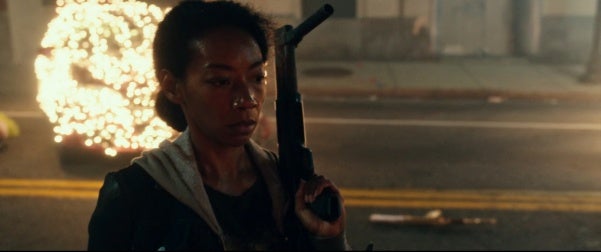
Gabriel portrayed Laney Rucker, an ex-purger known as “La Pequeña Muerta” in her youth, now an EMT assisting victims of violence each purge night, fighting to keep a peaceful senator in line for presidency alive for the night with the hope of Purge eradication on the horizon.
“It’s something I don’t really like to consume as an audience member, but as an individual, these are things that I definitely am haunted by,” she says of her connection to the material. “Just complete and utter chaos, the breakdown of our system, the guns constantly being a part of our everyday reality, and oppression.”
“It’s one of those movies where it’s like, ‘Is this horror? Or is this just a
really messed up version of reality that might come true, that kind of [already] is true?'”
But her true big break into horror icon status came after a pretty harrowing audition process for Blumhouse’s new horror feature, written by that one comedian from Key & Peele.
“I was backpacking through the mountains of Peru, as one does when you’re soul-searching and single,” she reveals. “So, I didn’t have any technology, no smartphone, no wifi, nothing. I was going to an internet cafe once or twice a week, paying 10 cents for an hour for internet, and I got the email audition notice.”
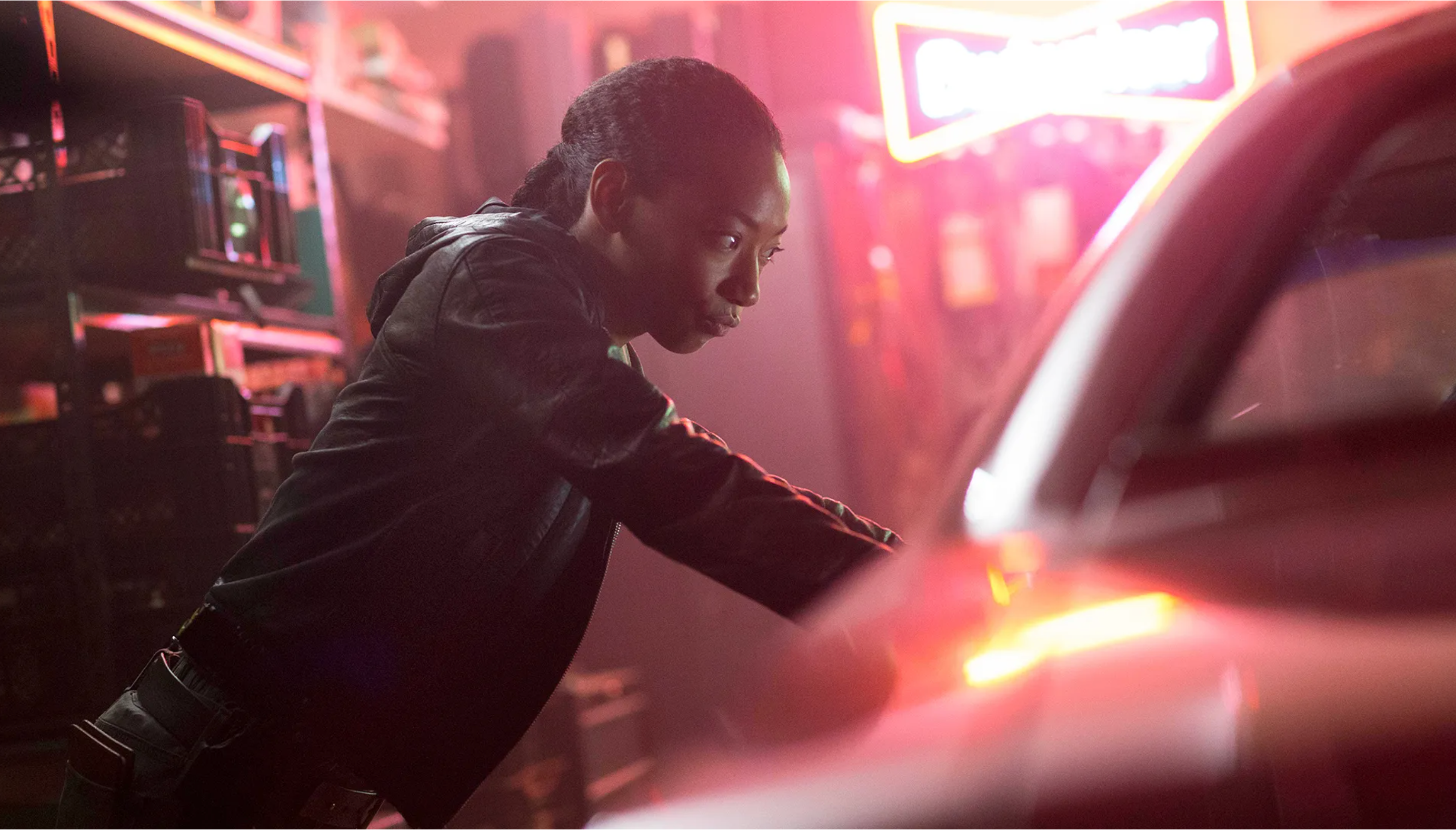
Initially inclined to pass the process up, with no access to camera equipment, internet access, or even too many other people around who knew English, Gabriel tried to let this one go and move on. But something about the opportunity wouldn’t let her rest.
“I went to the hostel, and went to bed, and just couldn’t sleep. So, I just woke up and went, ‘Ugh…I’ve got to figure this out. I’ve got to figure out how to get that tape in. I can’t pass this up.'”
That realization led to a 24-hour bus ride to the next village over to visit a documentary filmmaker she stumbled across through a referral on Facebook, who not only had access to all the equipment she needed to film and upload her audition for the role but was from Chicago and knew English.
“We actually shot it outside. There were birds chirping throughout the whole thing,” she laughs. “12 hours later, it was uploaded and submitted.”
The rest, of course, is horror movie history. Get Out led to a renewed interest in horror films centering Black protagonists in authentically Black experiences, making way for films like Spell, His House, 2021 reboot sequel Candyman and shows like Lovecraft Country and Them.
“I think that ultimately, we’re being more inclusive, and we’re being a bit more aware in how we don’t fully invite people to the table,” Gabriel says of the increased space that’s been made for Black people in the horror genre. “And I do mean certain ‘we’s.’ The ‘we’s’ in power. We pat ourselves on the back for issuing crumbs. In any genre, I hope it isn’t a trend. Hopefully, we see more beautiful Black women on screen.”
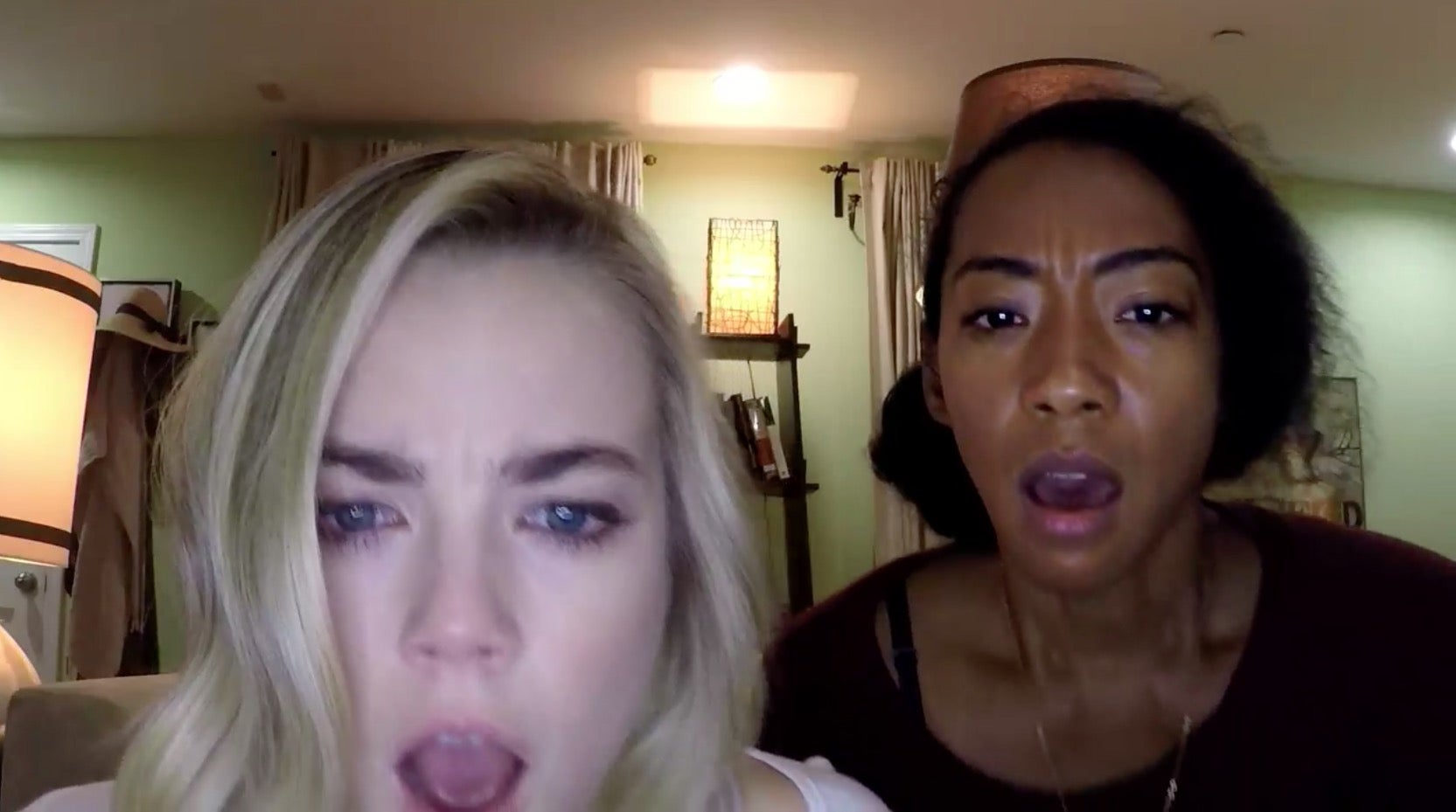
Beyond the expression of horror in front of the screen, Gabriel is hopeful that the trend toward stories told by Black creators and about Black experiences continues, with increase.
“I think with the horror genre in particular, there’s so much to be mined
there, because there is a lot of horror within the Black female experience in this country,” she says. “I look forward to that being conveyed, and in a way that’s profound, and not necessarily [gratuitous].”
Like many modern film watchers, Gabriel has a hard time viewing “Black struggle” and racialized violence against Black bodies committed to screen, though she sees the horrific stories they portray as valuable expressions.
“I do find myself not able to watch certain stories that really focus on slavery. I just find it challenging and retraumatizing. But that’s not to say that they’re not important and that I don’t try,” she said. “And, there’s always an audience for any story.”
“Personally, I think there’s something [special] to striking a balance between horrifying images, and transcendent nuances that we don’t always think about or see. Or things maybe we know on some level, but we haven’t quite seen [conveyed].”
“I look forward to seeing horror evolve in general. I personally am drawn to subtlety, with lots of layers and complexities about the human experience,” she continues. “I think that’s what made Get Out so wildly successful was that everyone related to this protagonist. Even though a white person will never know what it is to be a Black person, something about that journey was relatable and universal. So, I hope that is the future of horror, with Black stories and Black people behind and in front of the camera.”
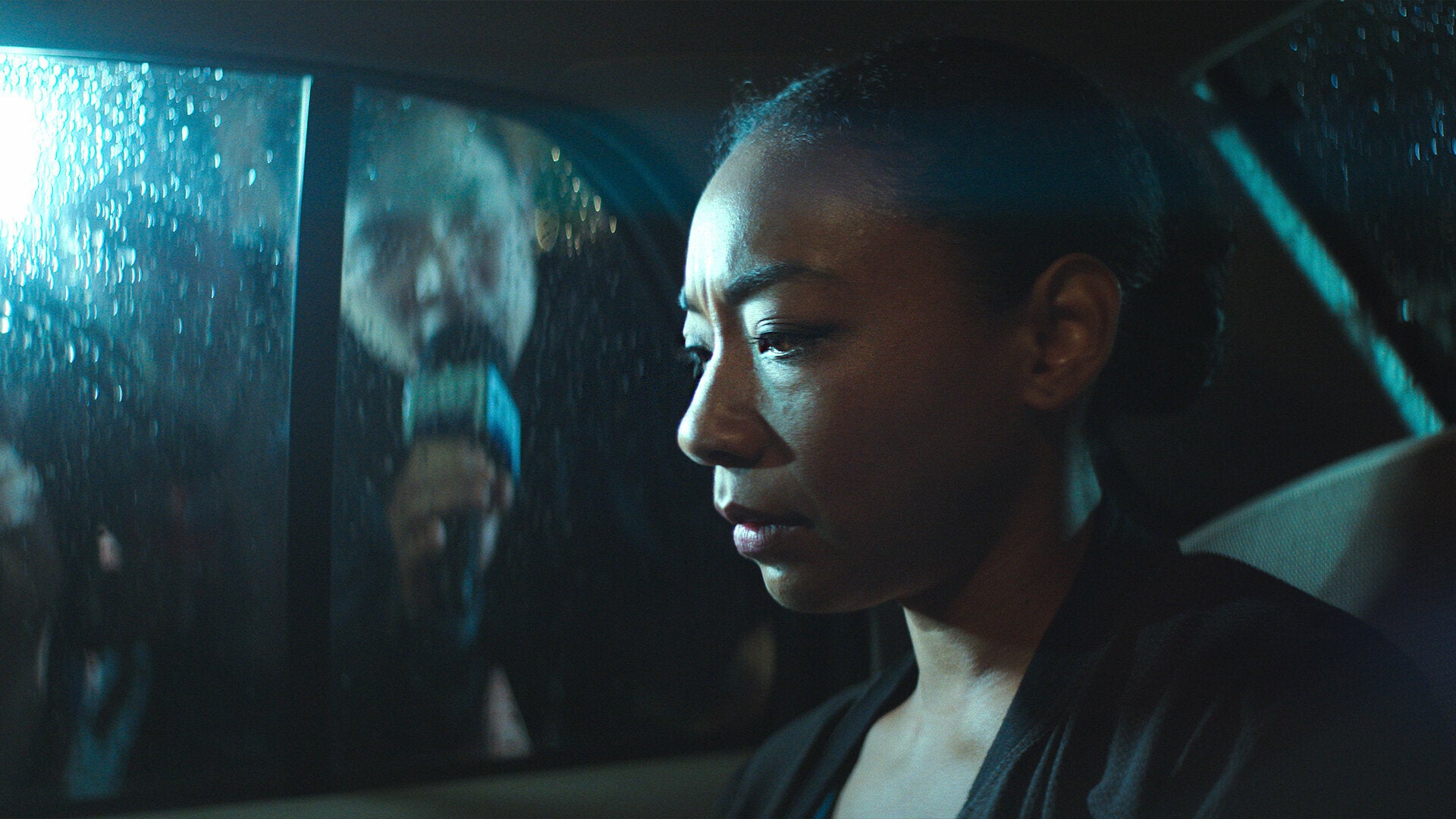
Indeed, as Get Out opened Hollywood’s eyes to the bankability of Black horror, it opened doors personally for Gabriel, who has gone on to star in 17 more projects since the film’s release, 4 of which fall into the horror genre. The actress revealed that her role as Sophie Brewer in Netflix’s cyber-kidnapping thriller Clickbait, was the most pivotal on her journey through the genre.
“For me, that was the most personal, because it was the most extensive journey that I had been on playing a character,” she says. “It was my first time playing a lead, and though it wasn’t my first time playing a mom, I was a mother who had to really be the mother and keep the family together, while also having all these secrets and all this shame that she was processing and dealing with.”
Though the actress was considering stepping away from horror altogether in an effort to avoid typecasting, another horror project from a director of color recently came her way that was simply too good to pass up. Now presented with a choice, she chose horror once again – this time from another BIPOC perspective not often seen in American theaters.
The as-yet-untitled horror slated for a 2023/24 release comes from Indian director Bishal Dutta and centers on ancient Indian legends and personal immigrant experiences, subject matter which is likely to resonate with Black viewers just as much as our South Asian brothers and sisters. She also joins season 3 of Prime Video’s action drama Jack Ryan this November, and Discovery’s Manhunt, dramatizing the search for John Wilkes Booth in the days after Abraham Lincoln’s assassination.
“I think we’re in such an anxious place collectively that [horror is] really manifesting itself in a lot of stories,” Gabriel says. “So, yeah, I don’t think you can escape it.”

